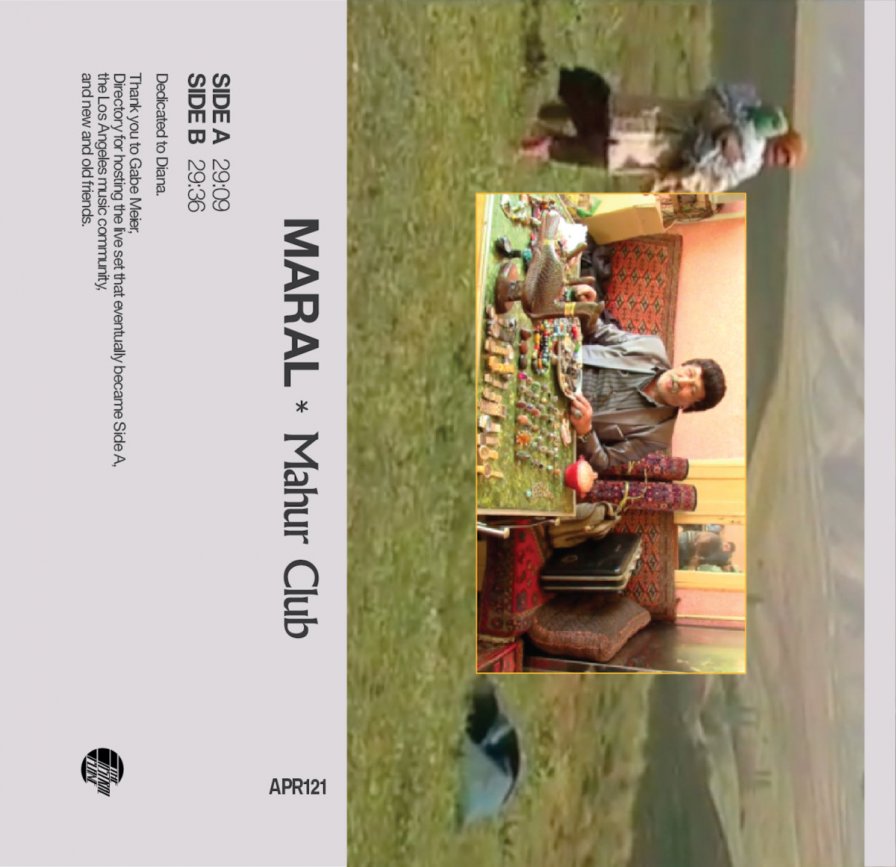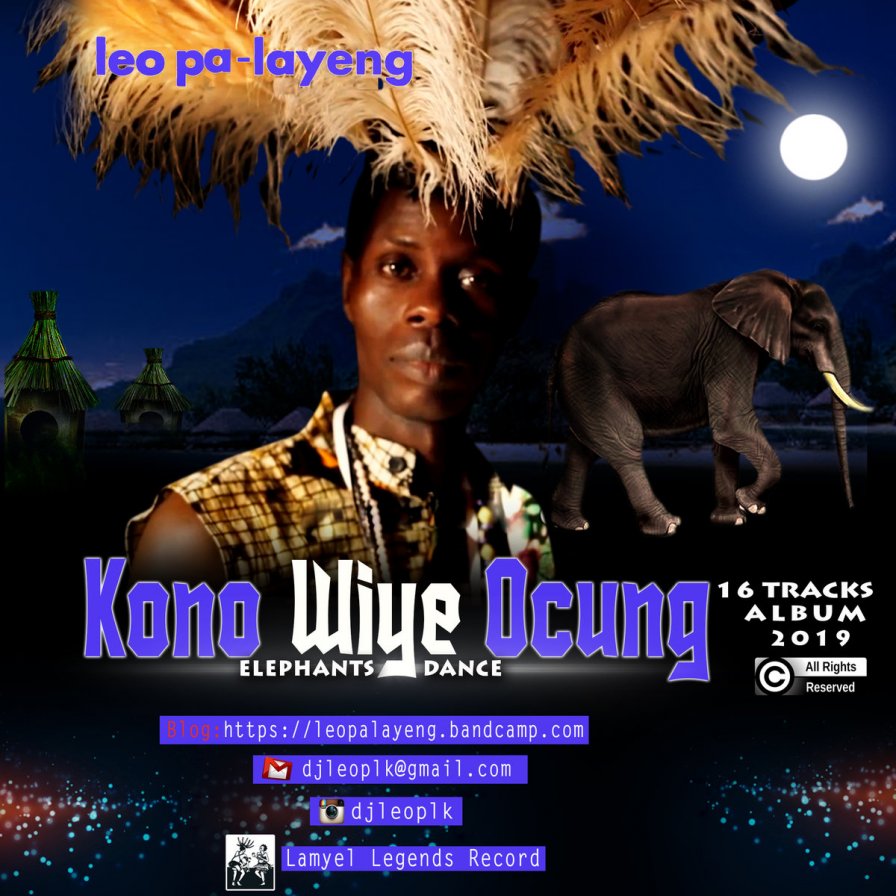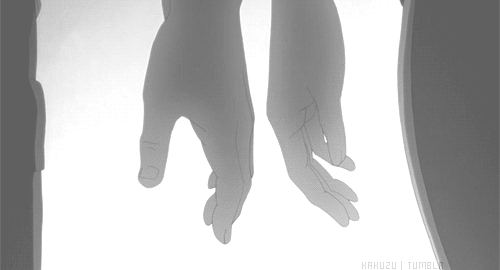For each year's first three quarters, we celebrate by sharing a list of our favorite music releases. Unlike our year-end lists, these quarter features are casually compiled, with an aim to spotlight the underdogs and the lesser-heard among the more popular picks. More from this series
DJ Haram
Grace
[Hyperdub]

You walk off over a dune. I stay in the surf. In a past time, we might have read into those actions in symbol-struck prosodies for our Tumblrs. It was fun to see a touch of divine in an innocuous motion: a shared loaf of bread, a cracked car window, staying, leaving. You walk off. I stay. I bow my head in the surf. The first sound is the water filling, a ping and a wash like a sounding flute snapping and spilling over. Then there’s the fullness, a body being pressed into this new state, this grace. Tendrils and tunnels might be coalesced in percussion. In the bang, we might remix new mythologies. Grace is the invented sensation of electric peace, a restless recombination of sound to steel us through the losing and spur us into imagining after. I lift my head. You’re on the beach again. Leaving changes seeing; staying renders remembering. Knowing you is grace.
Freddie Gibbs & Madlib
Bandana
[Madlib Invazion/ESGN/Keep Cool/RCA]

“I made all of the beats for Bandana on my iPad.” With one tweet, Madlib gave whatever detractors he had left the ammo they needed to attack the long-awaited follow-up to Piñata. Maybe this thing was going to feel tossed off, inessential. But from the exhilarating fake-out of “Half Manne, Half Cocaine” to the supremely confident victory lap of “Crime Pays,” Bandana exceeded expectations. There was, of course, no guarantee it would work out that way — rap history is littered with underwhelming follow-ups, from Clipse’s Til The Casket Drops to Jay-Z’s In My Lifetime, Vol. 1. Yes, Piñata’s highs are tough to fuck with, but for my money, I’ll take Bandana, iPad beats or no. Why? Just look to their respective cover images. Piñata is a no-holds-barred document of Freddie’s hustle out the streets. Bandana is the half-smirking, half-sneering view from the top, where fun matters more than the next leg up.
Maral
Mahur Club
[Astral Plane]

Sometimes strange, harsh synchronicities reach their shadowy, claw-like fingers across the void of digital consciousness to draw parallels that bear fruit so overripe that it’s rotten, sweet yet stinking, with an underlying bitterness that savors of its forbidden nature. In this way, Maral’s Mahur Club can be read as a companion piece to the 2016 film Under the Shadow, a ghost story set in Tehran during the Iran-Iraq war of the 1980s. As bombs rain down and buildings collapse, a sinister and deceptive haunting weaves its way into lives disrupted and distorted in chaos and rubble. Mahur Club reflects this atmosphere somewhere between ghostliness and brute destruction, fear and melancholy — clipping dembow beats combine with found sound Farsi vocals, Persian classical loops and distant screams (not to mention Aaliyah samples, yet another layer of tragic hauntology combined with a sharp grittiness) to produce a paradoxically spectral yet undeniably visceral immediacy.
LEO PaLAYENG
KONO WIYE OCUNG
[Lamyel Legends]

What’s next? It starts with some plucks of the lukeme, some strums of the adungu, some taps on the calabash. And then: and then. And then the shit flies off the handle, pulse careening through and beyond meter, through and beyond telos, through and beyond the ablative constraints of through and beyond. Such is the headlong sensibility of Leo PaLayeng Kenna’s “Acholitronix,” his exuberant brand of contemporary electronic music railroading Acholi folk music and blistering bass too volatile to pin into the confines of either Westernized genre or ethnicized tradition. When PaLayeng, ever the provocateur, asks us “Ladies and Gentleman, can we dance to legacy over we?” he jukes what Paulin Hountondji terms the overdetermining ethnophilosophical suppositions of “spontaneous unanimity,” insisting on the necessity of — or, better, the delight in — ushering the next.
Oren Ambarchi
Simian Angel
[Editions Mego]

Absence is a troubling matter. Absence by death especially, but also absence from life in general. Maybe you have a good reason to not be around. But it shows in the people you know. It makes you wonder how you can connect with them afterward, when your absence defines you. One can struggle with that for a long time. And even in absence, it’s not like the void is silent. It speaks to you in different ways, reminding you of the places you aren’t. Reminding you that, despite your best efforts, you’re always distant from what is around you. Your mere presence can feel threatening. You try to turn it into static, but it instead becomes many sounds from many sources. A beautiful, seductive cacophony that doesn’t make you forget where you are.
Kali Malone
The Sacrificial Code
[iDEAL]

The Sacrificial Code offers a channel for reflection and contemplation, while simultaneously depicting a process for reconfiguring any preconceived notions of what organ music might sound like. Over the course of almost two hours, Kali Malone tests the boundaries of her instrument through what sounds like a powerful act of constraint. It’s as though she wishes for the instrument to exhibit its intricate spectrum, and you can hear her encouraging it to blossom. But in order for that to happen, she has to restrict it. Malone nurtures her instrument, coaxing the most resonant and emotive tones while distorting its breadth by limiting its acoustic potential. The impact is positively spellbinding; it’s an epic and meditative demonstration of the instrument’s capabilities by virtue of limitation, or indeed sacrifice. But because of that restriction, the instrument’s very essence is brought into focus, and never has it felt so compelling.
More about: (Sandy) Alex G, Barker, Bill Callahan, Bon Iver, Caleb Giles, Charli XCX, Dean Blunt, DJ Haram, Dorian Electra, Félicia Atkinson, Fire-Toolz, Florist, Freddie Gibbs, Jahbar & Friends, Jenny Hval, Kali Malone, Kelela, Klein, LEO PaLAYENG, Lingua Ignota, Madlib, Maral, Moodymann, Nedarb Nagrom, Oren Ambarchi, Pharmakon, Slikback, Slug Christ, Yatta, Young Thug
For each year's first three quarters, we celebrate by sharing a list of our favorite music releases. Unlike our year-end lists, these quarter features are casually compiled, with an aim to spotlight the underdogs and the lesser-heard among the more popular picks. More from this series







